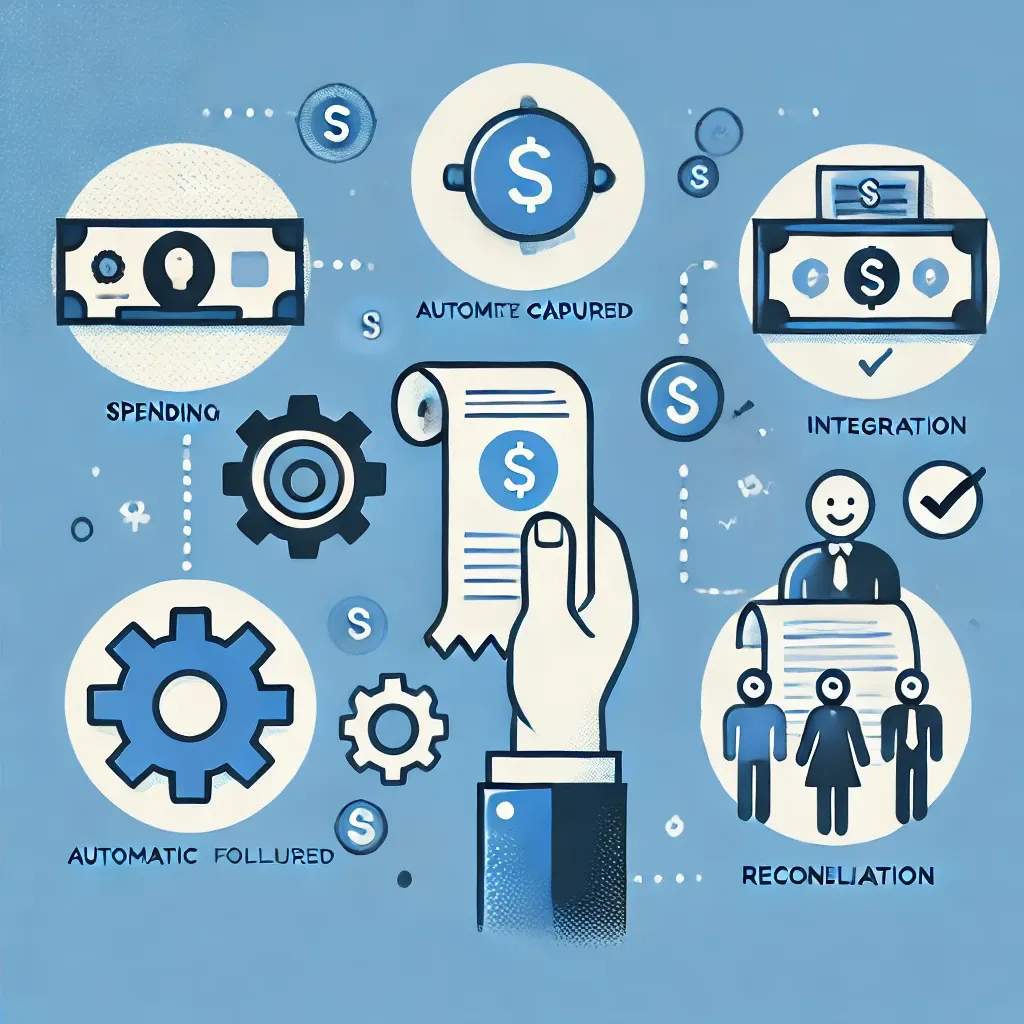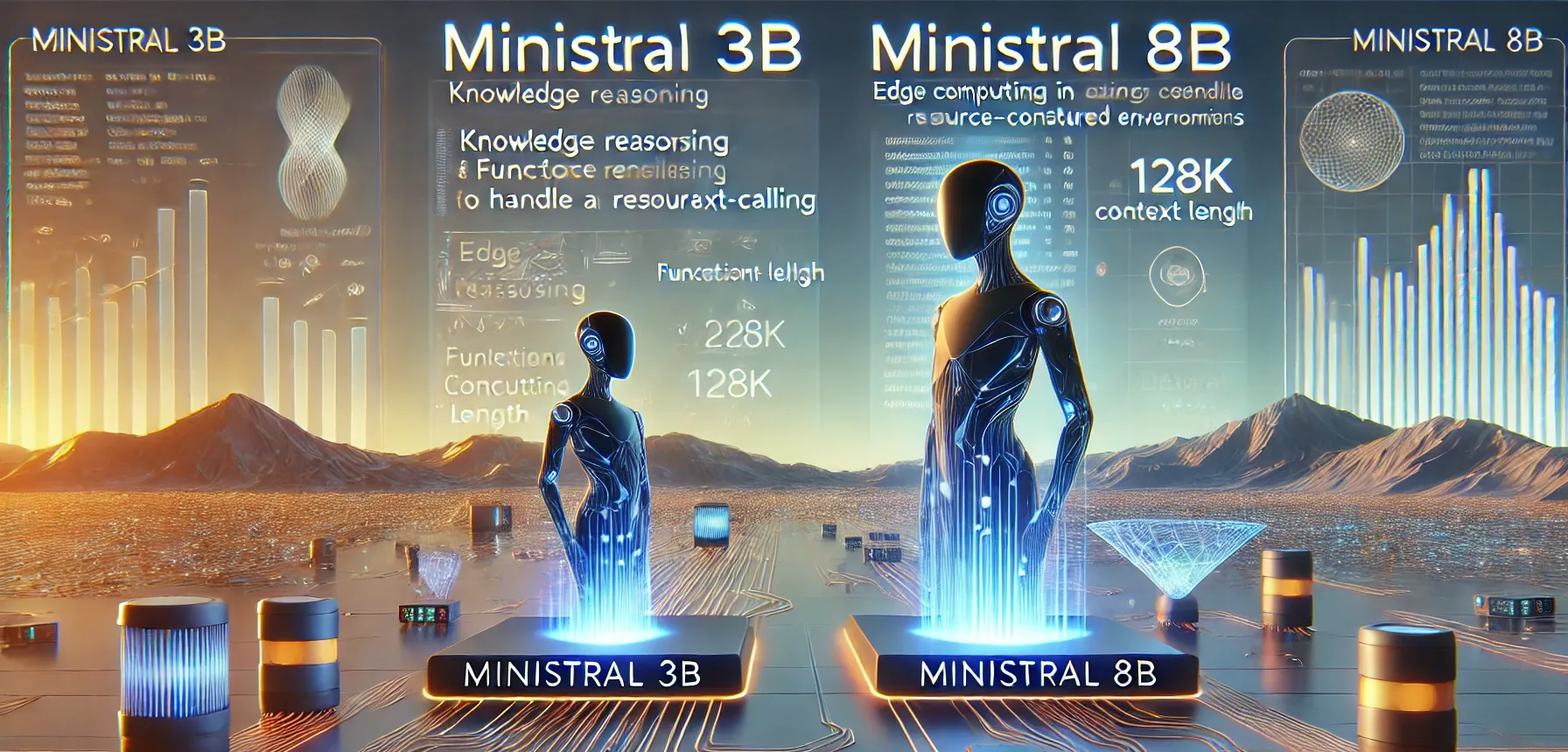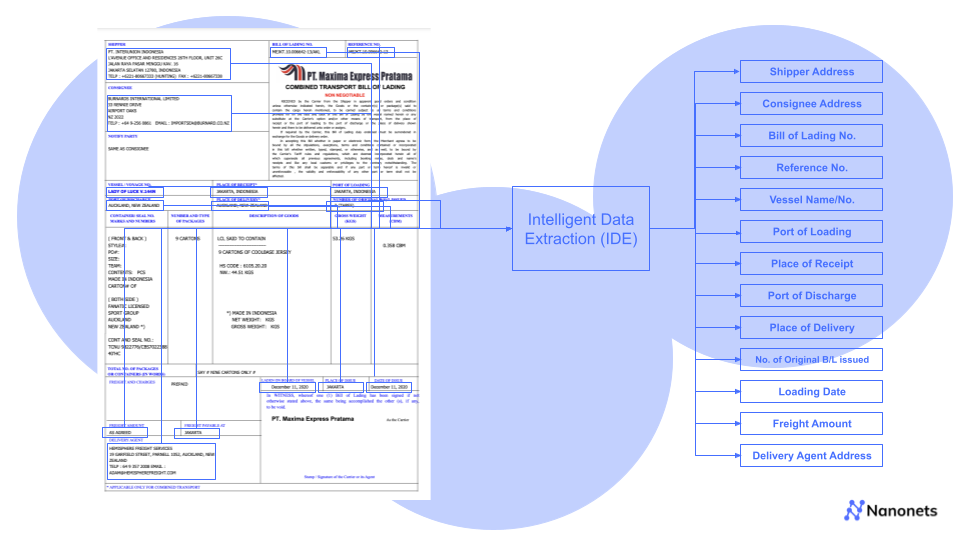
It has now become very easy for businesses to process payments because of multiple advanced payment methods, one such method is credit card payment. In the U.S. alone, credit card balances are currently exceeding $1 trillion.
However, the rise in credit card usage has led to financial nightmares across accounting teams at the end of the month because this means the transactions that need to be reconciled are also on the rise. With data coming from various sources and inadequate expense tracking, tracing proof of expenses can be very time-consuming. This makes credit card reconciliation essential.
What is Credit Card Reconciliation?
Credit card reconciliation is the process of ensuring that the credit card transactions match the internal general ledger. It involves verifying the expenses recorded by the company's accounting system align with the statements provided by the credit card issuer.
Credit card reconciliation is crucial for accurate and efficient financial reporting, confirming that all transactions occurred and that expenses are correct and valid.
Types of Credit Card Reconciliation
There are 2 main types of credit reconciliation: credit card statement reconciliation for corporate expenditures and another for the customer settlements called credit card merchant service reconciliation.
Credit Card Statement reconciliation for company expenses:
Credit card statement reconciliation focuses on expenses incurred by a company using its credit card. This process involves comparing the credit card statements received from the issuer with the company’s internal accounting records. The goal is to verify that all expenses charged to the company's credit cards are accurately recorded in the financial books and are legitimate business expenses.
It helps a business:
- In ensuring that their financial statements reflect true business activity.
- Detecting unusual transactions, allowing them to take corrective action proactively.
- Plan budgeting and financial activities based on their spending patterns
Credit Card Merchant service reconciliation for customer payments:
Credit card merchant service reconciliation involves managing the income side of a business's financial activities. It focuses on reconciling customer payments made via business via credit cards. This helps ensure that all income is accounted for in the company’s financial system.
It helps a business:
- In ensuring that all sales & income is correctly reflected in the financial statement.
- Manage their cash positions effectively & plan for future expenditures.
- Provide the correct information of company’s financial performance to its stakeholders
Importance of Credit Card Reconciliation
Credit card reconciliation is essential for financial integrity and operational efficiency of an organization. Here are some key reasons why this process is critical:
- Accuracy in Financial Statements: Reconciliation helps identify discrepancies between credit card statements and internal records, ensuring that financial statements are accurate and reliable. This accuracy is vital for reflecting the true financial position of the company.
- Financial Control and Accountability: By regularly reconciling credit card transactions, businesses can maintain tighter control over their financial activities. This process enhances accountability and transparency by ensuring that all expenses are legitimate and correctly recorded.
- Budgeting and Financial Planning: Accurate reconciliation provides businesses with up-to-date financial information, which is crucial for effective budgeting and long-term financial planning. It enables companies to make informed decisions based on precise financial data.
- Fraud Detection: Regular reconciliation helps identify unauthorized transactions, allowing businesses to take corrective actions swiftly. This proactive approach minimizes the risk of financial loss due to fraud or errors.
In summary, credit card reconciliation is a fundamental process for businesses that seek to maintain financial accuracy and control. By regularly reviewing and verifying credit card transactions, companies can protect themselves against fraud, ensure compliance with financial regulations, and maintain a clear picture of their financial health.
How to conduct Credit Card Reconciliation?
Credit card reconciliation follows a specific process, which is carried out as follows:
Step 1. Gathering all the Statements and Receipts
The first step in the credit card reconciliation process is to gather all necessary documentation, including credit card statements and relevant receipts, for the specified period. Receipts serve as proof of expenses and are essential for verifying transactions. When a corporate credit card is used to make a payment, an invoice is typically issued. This invoice must be recorded, either through an expense management system or manually in spreadsheets.
Step 2. Matching the expense to the transactions
The reconciliation process begins by meticulously reviewing each transaction listed on the credit card statement and comparing it to the corresponding receipts or invoices. This step ensures that transactions are legitimate and authorized by the appropriate personnel and that the transaction details, including the amount and purpose, match the receipts or invoices.
Step 3. Investigate discrepancies
In case discrepancies are identified, it is important to investigate thoroughly to determine the root causes, which may include duplicate charges, incorrect amounts, or unauthorized transactions. The individuals involved in the payments should be notified to work together in resolving any issues, and if necessary, suspicious or fraudulent activities should be reported to the bank authorities for further investigation. Addressing these discrepancies promptly helps maintain accurate and reliable financial records.
Step 4. Verify Ending Balances
It is crucial to ensure that the ending balance on the credit card statement matches the reconciled balance in the general ledger. This step involves confirming that all transactions have been accurately accounted for and adjusted as necessary. By verifying that all entries in the general ledger reflect the correct amounts and have been properly reconciled, businesses can ensure the accuracy and completeness of their financial records, providing confidence in financial reporting and analysis.
Step 5. Record Reconciliation
Document the reconciliation process, this includes recording any adjustments made to transactions and providing detailed explanations for any discrepancies that were identified. Maintaining organized reconciliation records is vital for future reference and audits, ensuring that documentation is easily accessible and transparent.
Step 6. Obtaining Approval
Once all the data is recorded in the general ledger, it is important to include any fees associated with credit card usage and verify that all expenses are accurately reflected. The reconciliation documentation should then be presented to controllers or designated finance managers for review.
7 Key Challenges involving Credit Card Reconciliation
There are several challenges associated with credit card reconciliation.
- Shared Company Credit Cards: In many instances, the same credit card is shared among multiple employees. This proves problematic for financial closers as they must identify which employee made the purchase when receipts are not adequately present and can prove to be a fraud risk.
- Multiple Company Credit Cards: Also, Managing multiple company credit cards requires careful tracking to ensure all transactions are accurately recorded and reconciled.
- Missing Receipts: The issue of missing receipts raises the problem of untraceable sources of truth. This results in a gap in the documentation and invoices are involved to fill in the gap by matching against the credit card statements.
- Merchant Account Reconciliation Issues: When payments are processed through merchant accounts, problems can arise when fees are deducted on the platform, formatting issues on reporting transactions, and other problems that need to be factored in during the manual reconciliation.
- Manual Data Entry: Humans make many errors while entering data manually. Problems such as double entry and rounding errors might arise when reconciling credit cards. But this also implies that when a high volume of transactions needs to be reconciled, chances of missing human errors, duplicate submissions, and inaccurate information may prove to be a problem.
- Diverse Data Points: A single credit card transaction can generate multiple data points that need to be matched—the credit card statement, the receipt, and potentially an invoice in the accounting system. Keeping track of all these data sources and ensuring they align is prone to errors, especially without a centralized storage system.
- Paper receipts: Without capturing or digitizing receipts and invoices, storing and recording data from paper receipts can be error-prone and easy to misplace such that the entire process, when conducted at the month's end, is inefficient.
Conclusion
Since credit card usage has become more common, making payments is easier than ever, but keeping track of those transactions is increasingly complex. Credit card reconciliation is important for ensuring that all expenses are recorded accurately, which helps in preventing fraud and supports trustworthy financial reporting.
However, managing multiple cards, dealing with missing receipts, and relying on manual data entry are quite a challenge to handle. To deal with these, businesses should adopt efficient practices and use technology to make the process smoother. By focusing on thorough credit card reconciliation, companies can maintain accurate financial records and safeguard against errors and fraud.




